Can I plant cucumbers next to peppers in the same greenhouse?
To save space at their summer cottage and increase yields, many plant several different crops at once under one roof. But if some plants coexist perfectly in close proximity, then the issue of growing peppers and cucumbers together in a greenhouse is quite controversial. To answer it, you need to take into account the specifics of both cultures, and also turn to allelopathy - a science that studies the features of the influence of different organisms on each other.
Allelopathy: cucumbers and peppers together
In the course of their life, plants influence each other in different ways. Each flora emits chemicals that its neighbors do not always like. It helps organisms survive in the wild, protect themselves and literally gnaw out a place in the sun. Both peppers and cucumbers release chemicals through the root system and leaves. Then, after precipitation or watering, these substances spread and affect neighboring plants. But how useful or harmful it is, let's try to figure it out.
Peppers
The compatibility of different vegetable crops is described in the books by NM Zhirmunskaya "Good and bad neighbors in the garden bed" and PA Moroz "Allelopathy in orchards". According to the studies, it was found that pepper grows well and develops next to the following plants:
So, coriander, tansy, onions and marigold help ward off aphids from pepper, and okra shelters fruits from hot sunlight and protects delicate stems from the wind. It is not recommended to plant peppers together with beans, because both crops are prone to the same disease - anthracnose. Also poor compatibility with fennel.
Cucumbers
The most controversial for cucumbers is the proximity of tomatoes. Some belong to the pumpkin family, others are representatives of the nightshade. Tomatoes need dry air, cucumbers need humid air, but in practice, many gardeners successfully grow them together. But uniquely friendly plants include:
- beans;
- celery;
- beet;
- fennel;
- cauliflower and cabbage;
- onion;
- garlic;
- salad;
- radish;
- corn;
- sunflower;
- dill.
Some weeds - tansy, thistle thistle, quinoa - also bring benefits to cucumbers. As for corn, it prevents bacterial wilting of cucumber whips, protects against invasion of ants. Radish helps repel harmful insects and attract beneficial ones. In addition, cucumbers love the light partial shade that tall plants give. But potatoes are not recommended neighbors due to their susceptibility to a common disease - late blight.
Joint cultivation
So, to the question of whether it is possible to plant cucumbers with pepper, allelopathy does not give an unambiguous answer. Plants are considered neutral towards each other. They are not useful, but they do not do any harm either. Therefore, subject to certain rules, these crops can be grown together and at the same time get a rich harvest.
Are the care requirements the same?
When planting peppers with cucumbers, attention should be paid to compatibility according to specifications. Neighboring plants should have similar requirements for the composition of the soil, for illumination, frequency of watering, air humidity in the greenhouse, fertilizers. Let's analyze the preferences of the crops point by point.
- Soil and fertilizers
Pepper grows well on loose sandy loam and loamy soil enriched with humus. Moreover, there should be no excess nitrogen in the ground. The optimum acidity of the soil is pH 6-6.6. On acidic soils, the culture does not grow well.Cucumbers have similar preferences for land. The only thing is that they are less sensitive to acidity, soil pH can reach 7.
Cucumber, like pepper, is recommended to be planted in soil already fertilized in the fall. Fresh manure can cause excessive green mass growth. Both crops are fed with superphosphate, urea, potassium sulfate, humus, compost, non-acidic peat. However, it should be borne in mind that the concentration of nitrogenous and potash fertilizers for peppers should be less.
- Watering and humidity
Pepper is perhaps the only representative of the nightshade that needs frequent watering and tolerates high soil moisture well. As with the cucumber, an abundance of moisture for it is the key to good growth and fruit set. Insufficient watering is detrimental to both crops, increases the risk of rot and slows down plant development.
But the preferences for air humidity are different for cucumbers and peppers. For the first, it can reach 90%, and for the second it should not exceed 70%. Cucumbers grow well in an unventilated greenhouse microclimate. Peppers, on the other hand, need air movement, but they do not tolerate drafts.
- Lighting and temperature
Cucumbers with peppers love good light, but not direct sunlight. High humidity and plenty of light are ideal conditions for the development and growth of both plants. In close proximity, lighting may not be enough. In addition, crops have different preferences for air temperature. For cucumbers, fluctuations are optimal from +18 to +20 degrees, and for peppers - from +22 to +25.
- Diseases
When cultivated together in a greenhouse, peppers and cucumbers are subject to some common diseases.
Due to high humidity, the following may occur:
- Gray rot. It manifests itself as brown, weeping spots at the base of the stem, followed by the formation of a gray plaque in the affected area.
- Cladosporium. The symptom is the appearance of gray, gradually brown spots on the inside of the leaves.
- Fusarium. The roots, then the stem and the entire plant, begin to rot, as evidenced by the withering appearance.
In general, there are not many common diseases in peppers and cucumbers, but they still exist. If one plant falls ill, there is a risk that the entire vegetable crop in the greenhouse will die.
Practical advice
The presence of only one greenhouse on the site makes you look for options for joint cultivation of different crops. Of course, it would be great to cultivate all types of vegetables separately, but this is often not an option. Therefore, in order to reduce the negative influence of plants on each other, it is recommended to take preventive measures.
- The best way to increase the compatibility of cucumbers and peppers is to zone the greenhouse space. For this, a plastic film is stretched between the crops or a polycarbonate partition is placed. This allows the peppers to be ventilated more often, while the cucumbers can remain in their microclimate. You can use a simplified version and put wooden paths between crops, but this method does not solve all the problems.
- The question of the correct location of plant bushes is very important. It is recommended to plant pepper in the first rows, then cucumbers are planted. It should be borne in mind that cucumber lashes grow strongly and can subsequently create an unnecessary shadow. Experienced gardeners are advised to dilute crops (in the early stages of growth) with onions or radishes.
- To improve control over soil moisture, it is recommended to add a hydrogel to it. The granules are poured into the wells before planting. Their main ability is to absorb excess moisture in order to then gradually give it away.
- As the green mass of cucumbers increases, especially tall hybrids, it is necessary to direct the growth of the stem in the direction opposite to the peppers. The whips should not be allowed to create a lot of shadow, otherwise the peppers will slow down in development and will bear poor fruit.
- When planting cucumbers and peppers in a greenhouse together, special attention should be paid to treatment with solutions against diseases.You should also pickle seeds, disinfect the greenhouse, treat the soil, remove post-harvest plant residues.
When planting different types of vegetables in the same greenhouse, you need to carefully consider the location of the planting. Many plants get along well in the neighborhood with each other, but it also happens that due to an unfavorable effect, the entire crop dies. It is better to choose the dominant crop, and plant the rest in small quantities and in separate zones (for example, cucumbers in the middle, and peppers in one row around the perimeter of the greenhouse). This should take into account differences in care requirements and create conditions that will be acceptable to all plants.
So, to answer the question of whether peppers and cucumbers can be cultivated together, you can confidently answer - yes. They are neutral in relation to each other, have similar technical conditions and in practice often coexist perfectly in neighboring beds, both in the open air and in a greenhouse.
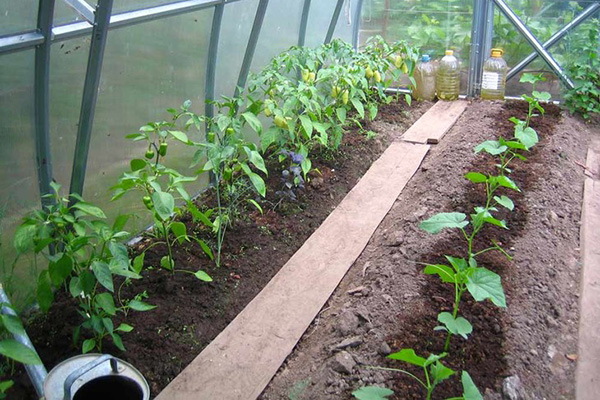
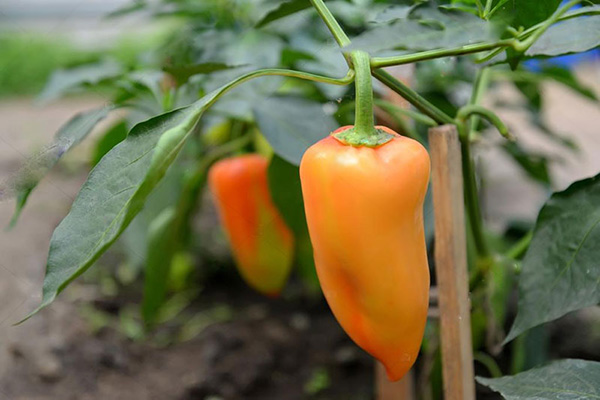
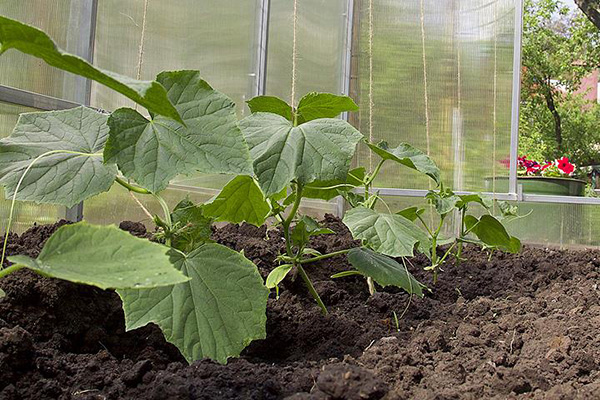
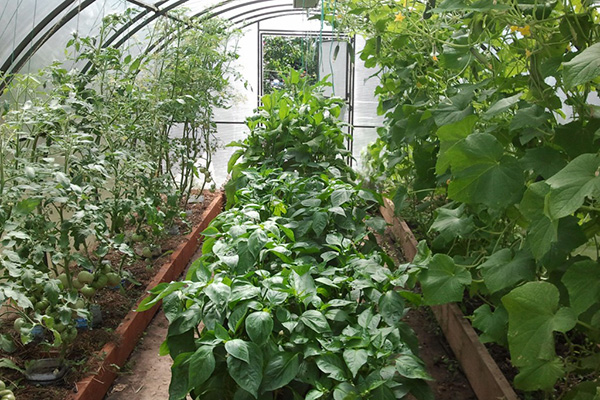

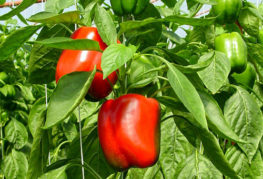
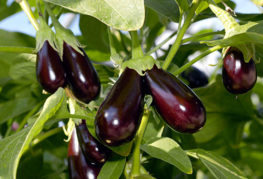
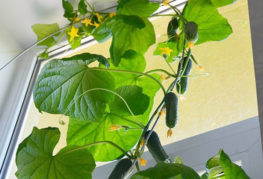
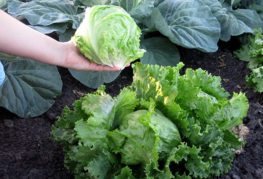
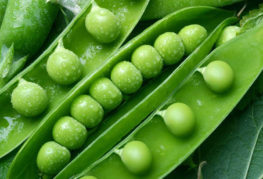
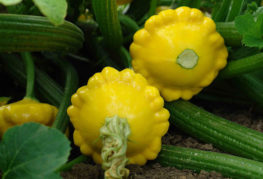
and will be published shortly.